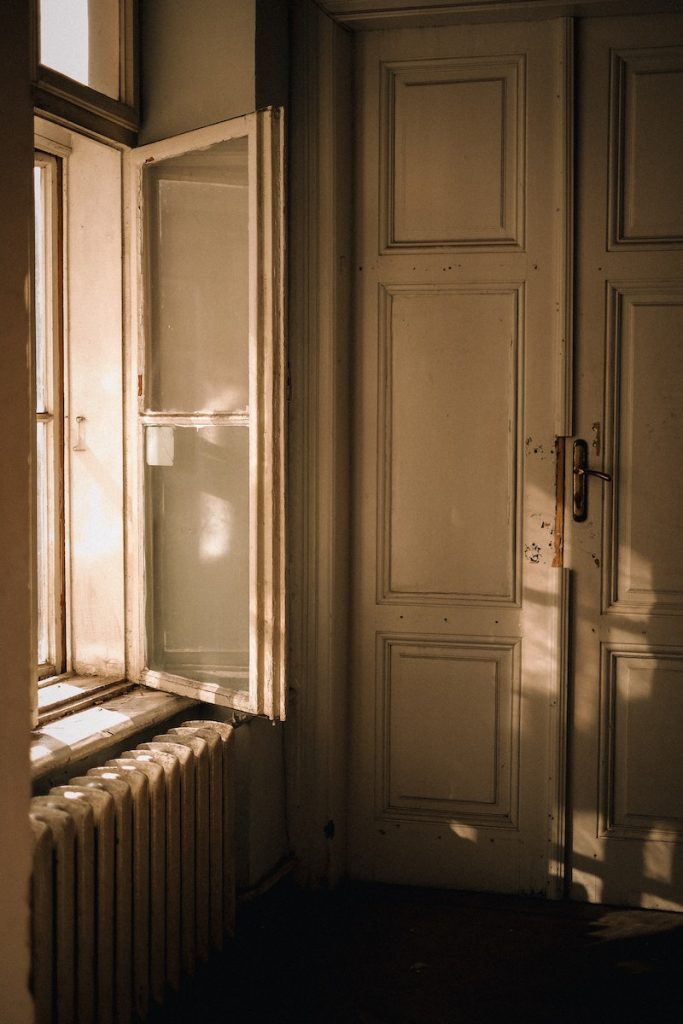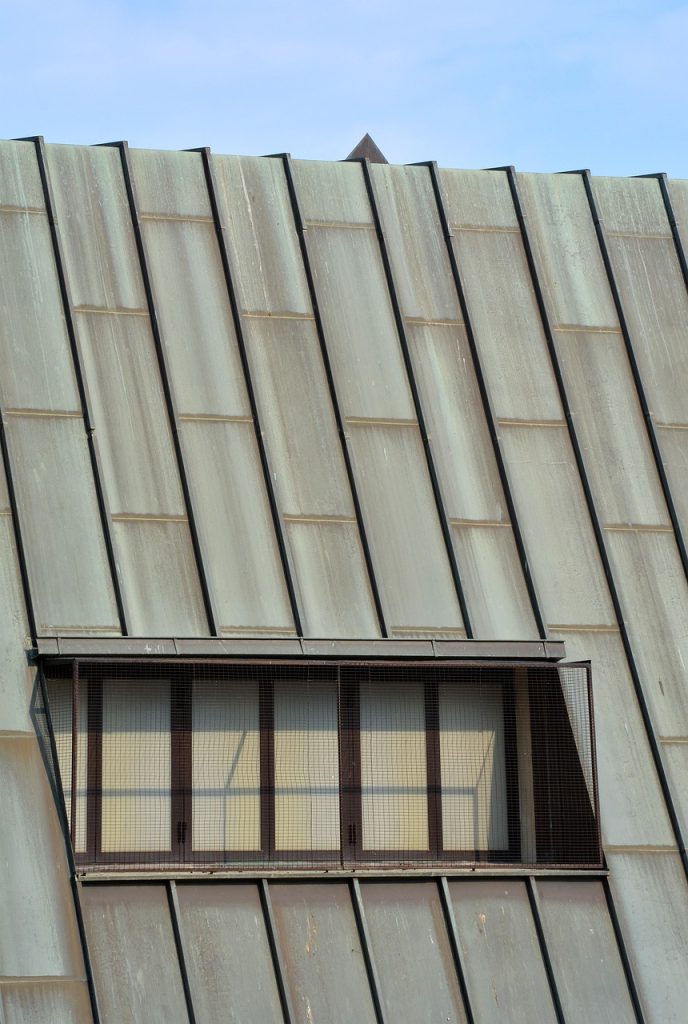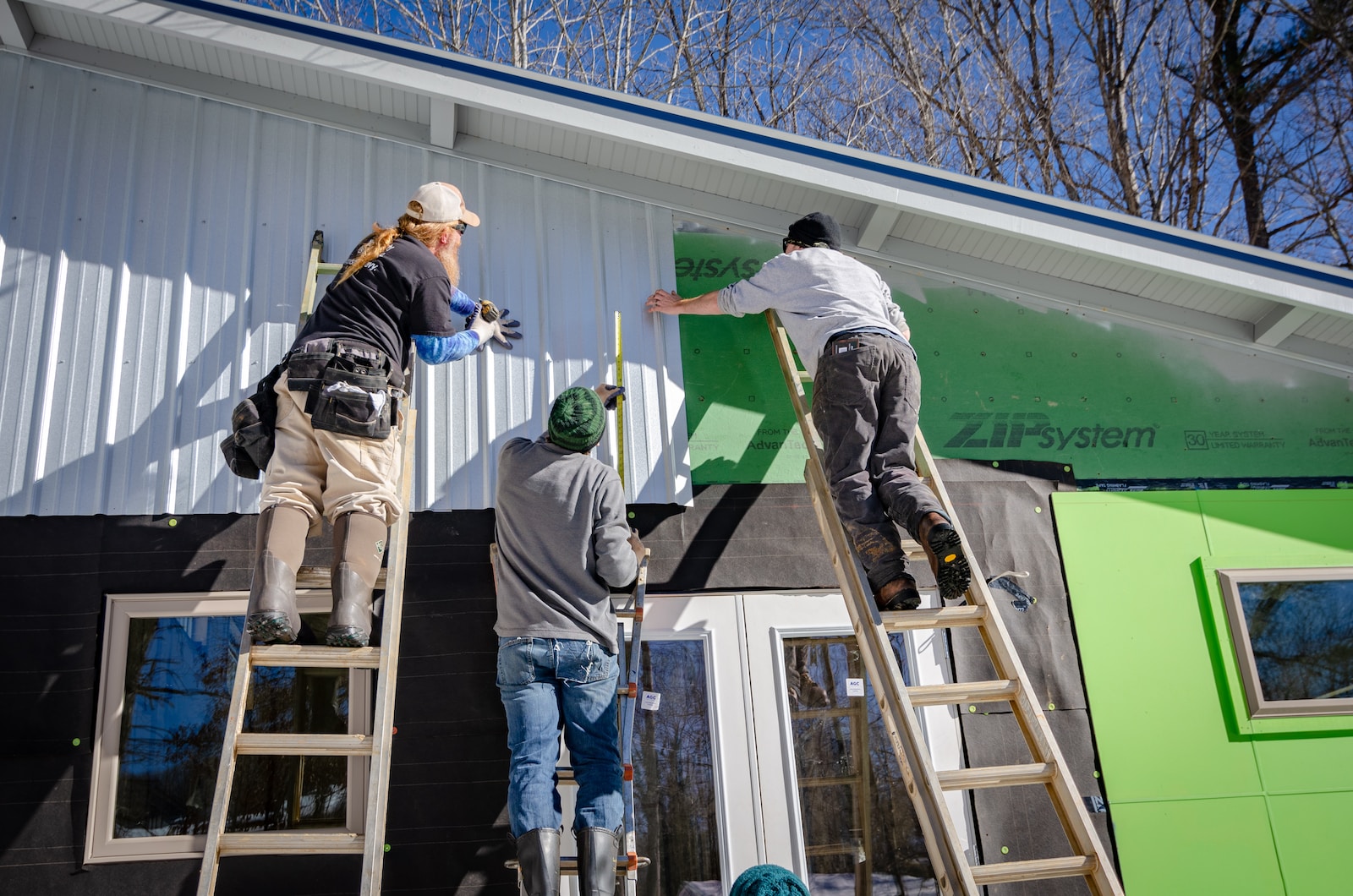Hello, fellow container home enthusiasts! I’m Emily Owens, your friendly neighborhood container home aficionado, and I’m back with another exciting topic that will make your container home project a breeze: selecting the right materials for different climates. Over the past four years, I’ve explored the fascinating world of container homes and have shared my insights and quirky humor with you all. Today, we’re diving deep into a crucial aspect of container home construction materials. Buckle up, grab your favorite beverage, and let’s get started!
Introduction: Container Homes and Climate
Container homes have been on the rise for a variety of reasons, from their sustainability to their affordability. However, one often overlooked aspect is how the choice of materials can significantly impact the comfort and durability of your container home, depending on the climate you’re in. Whether you’re building in the sweltering heat of the desert, the chilly winds of the mountains, or the humid embrace of the tropics, there’s a material combination that will work best for you.
Materials Matter: The Basics
Let’s begin by breaking down some of the essential materials used in container home construction:
Insulation
Insulation is your first line of defense against the whims of Mother Nature. It keeps your container home cozy in the winter and cool in the summer. Some common insulation materials include fiberglass, spray foam, and rigid foam board.
Exterior Cladding
This is the outer layer of your container home. It serves as protection against the elements and also adds to the aesthetic appeal. Popular choices include wood siding, metal panels, and cement fiberboard.
Roofing
A solid roof is essential for keeping your container home dry. Metal roofs are a popular choice due to their durability, but you can also opt for traditional shingles or other materials.
Windows and Doors

The right choice of windows and doors ensures proper ventilation and natural light while keeping your home secure. Consider energy-efficient options with good insulation properties.
Hot and Arid Climates: Beat the Heat
Let’s start with those scorching hot and arid climates, where the sun feels like it’s trying to fry you like an egg on a sidewalk. In these regions, your container home will need materials that can handle extreme heat and provide excellent insulation.
Insulation
Spray foam insulation is your best friend here. It provides an airtight seal that keeps the desert heat out and the cool air in. It’s like a cozy, temperature-controlled cocoon in the middle of a heatwave.
Exterior Cladding
Reflective metal panels are ideal for deflecting the sun’s rays. They can also be painted with cool roof coatings to further reduce heat absorption.
Roofing
A metal roof with a light-colored finish is a smart choice. It reflects sunlight and prevents your container home from turning into an oven.
Windows and Doors
Double-glazed, low-emissivity windows are fantastic for blocking heat while still allowing in natural light. Consider shading devices like awnings or external blinds to reduce direct sunlight exposure.
Cold and Snowy Climates: Embrace the Cozy Vibes
Now, let’s shift our focus to those chilly winter wonderlands, where snow is the name of the game. In these regions, you’ll want your container home to be a warm and inviting sanctuary.
Insulation
Opt for thick, high R-value insulation materials like rigid foam board. You want to keep that precious heat indoors where it belongs.
Exterior Cladding
Wood siding not only adds a rustic charm but also provides extra insulation. It’s like wrapping your container home in a warm, wooden hug.
Roofing
Metal roofs are still a solid choice, but consider adding snow guards to prevent dangerous snow slides. Snow can be pretty, but not when it’s crashing down on your doorstep!
Windows and Doors
Invest in energy-efficient windows and doors with multiple panes and airtight seals. You’ll thank yourself when you’re snug as a bug during a blizzard.
Humid and Tropical Climates: Stay Cool and Dry
Finally, we arrive in the lush, humid tropics, where everything is vibrant, green, and perpetually damp. To thrive in these conditions, your container home needs materials that can handle the heat and moisture.
Insulation
Closed-cell spray foam insulation is an excellent choice as it’s resistant to moisture. It will help keep your container home comfortable and mold-free.
Exterior Cladding
Consider materials like cement fiberboard or even bamboo. They are naturally resistant to moisture and can withstand the occasional tropical storm.
Roofing

Metal roofs work well, but make sure they are properly sealed to prevent leaks during heavy rains.
Windows and Doors
Opt for windows with good ventilation options to let the breeze in. Install weatherproof seals to keep the rain out when those sudden downpours hit.
Conclusion: Climate-Smart Container Homes
In the world of container home construction, selecting the right materials for your climate is like choosing the perfect outfit for the weather. It’s not just about comfort; it’s about durability and sustainability too. So, whether you’re basking in the desert heat, snuggling up in a winter wonderland, or enjoying the tropical paradise, make sure your container home is equipped to handle whatever Mother Nature throws its way.
Remember, your container home is a reflection of your personality and lifestyle, so don’t be afraid to get creative with your material choices. After all, container homes are all about breaking the mold and doing things differently.
I hope this guide helps you on your container home journey. Stay tuned for more container home wisdom, adventures, and a healthy dose of humor from yours truly. Until next time, happy building!





















Find Us on Socials